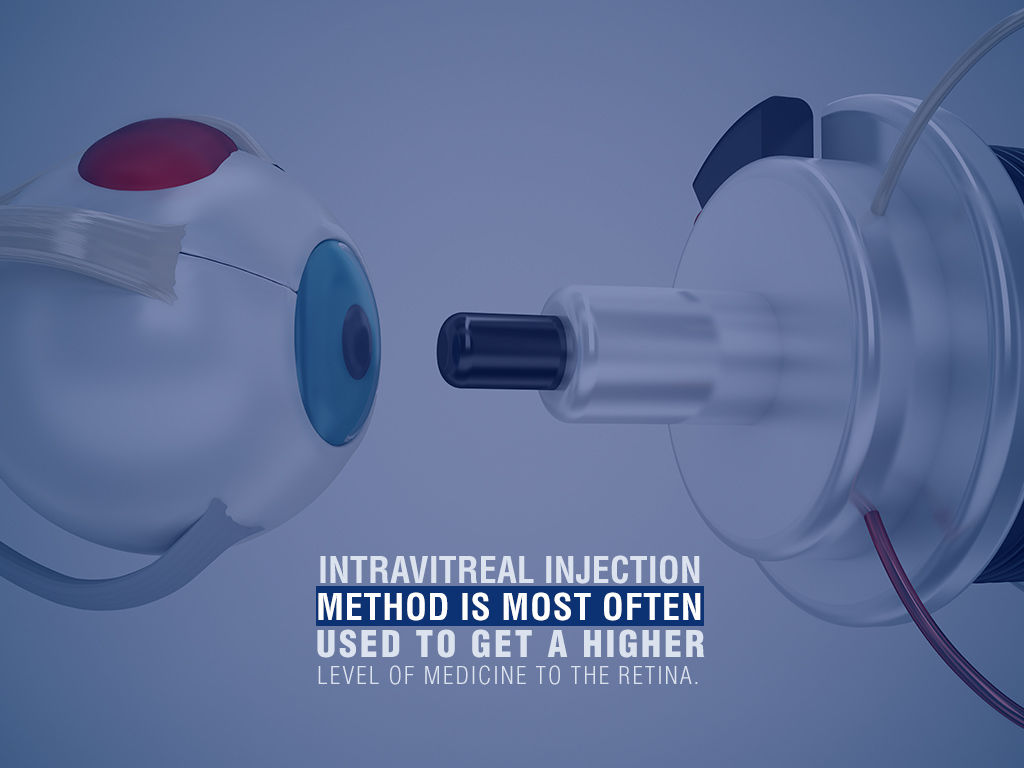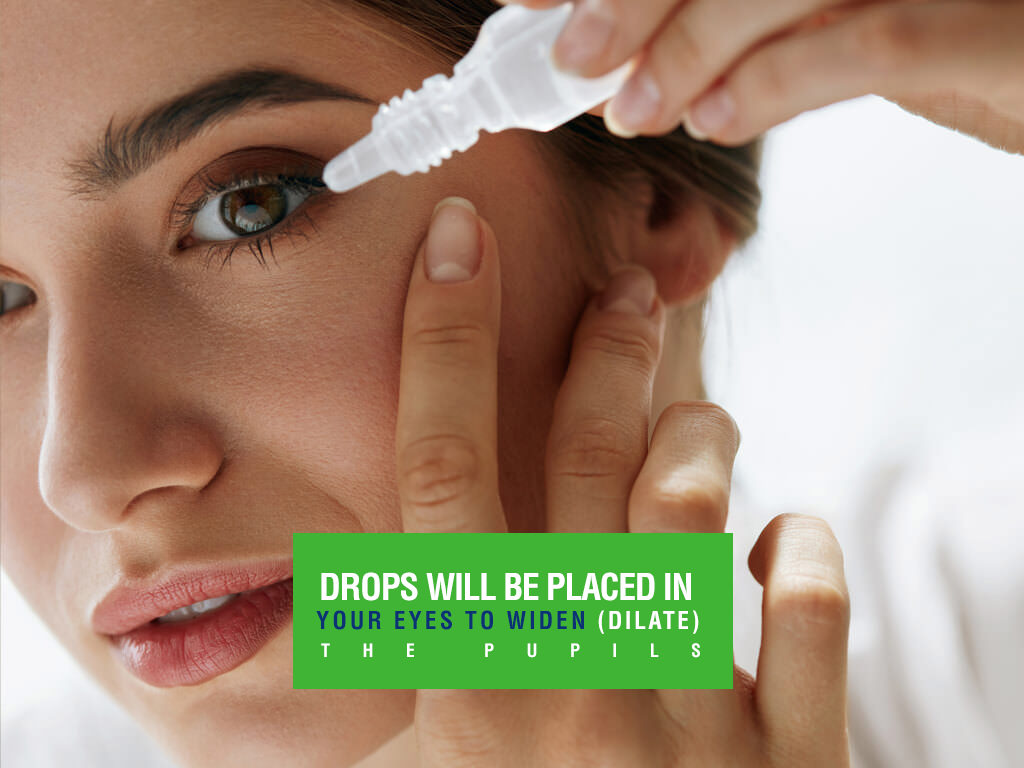What is an
Intravitreal
Injection?


An intravitreal injection is a shot of medicine directly into the eye, into the vitreous near the retina. The medicine is used to treat certain medical conditions such as AMD and can help to improve and protect your vision.
Thank you
We’ll get back to you soon.

The Intravitreal Injection Procedure
Most patients are understandably very anxious about the thought of having a needle inserted into their eyeball. The ophthalmologist will reassure you, and explain each step of the procedure so that you know exactly what is going to happen next.
The procedure will take place in a clean sterile room and the ophthalmologist will wear sterile disposable gloves. Local anaesthetic drops are placed in each eye - this is because the iodine solution used to clean the eyes may irritate the other eye. The aqueous iodine solution is then applied to the eyes and the surrounding area to disinfect the eye to be injected. A minute or two later some topical antibiotic drops are placed in the appropriate eye -the patient will need to complete the course.
A speculum is then inserted into the eye to keep it open and prevent blinking. A swab soaked in more local anaesthetic is usually held over the site for a minute. The patient is then warned that the injection is about to take place; the needle is quickly inserted, the drug is injected and the needle is withdrawn. It's all over!
When are
Intravitreal Injections Required?
Common ailments treated with intravitreal injections include age-related macular degeneration, macular oedema caused by diabetes, retinal vein occlusion, abnormal blood vessel growth related to myopia, or other unusual problems relating to the blood supply to the retina.
Your optician will explain the advantages and risks of the procedure to you, and outline any other possible treatment options. It should be noted, however, that the vast majority of patients who receive intravitreal injections benefit from the treatment, which is usually highly effective.
Intravitreal injections F.A.Q's
Are there any risks or side effects?
As with all medical procedures, there are some risks and side effects. Regardless of the drug used, each injection carries a 1:1000 risk of a possible complication, which may severely affect the sight in the injected eye. The most significant risks are:
- Internal eye infection
- A blocked main artery
Other possible complications include:
The below complications are extremely rare, and can all be treated but potentially affect the long-term vision in that eye.
- The detachment of the retina
- Internal bleeding
- Damage to the lens
Are intravitreal injections painful?
Before the injection, the eye is numbed with a local anaesthetic so the actual insertion of the needle is painless. You might experience some discomfort after the anaesthetic wear off usually about an hour after the procedure, although this is usually mild.
Thank you
We’ll get back to you soon.
How can I prepare for the procedure?
Make arrangements to be collected after the appointment as you will not be able to drive after the procedure for six hours because the dilating drops cause blurred vision. Otherwise, you can eat, drink and go about your daily activities before and after the procedure.
